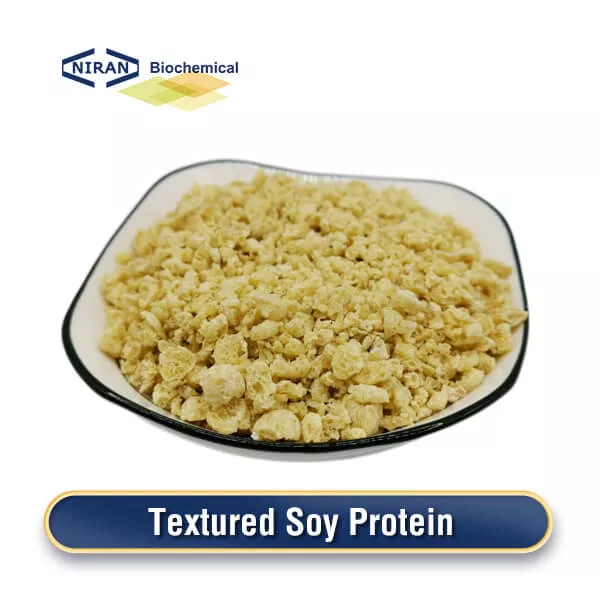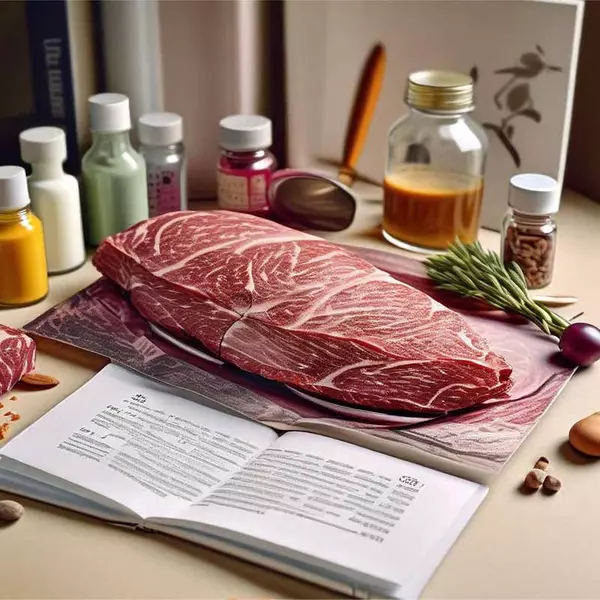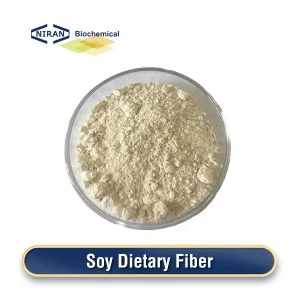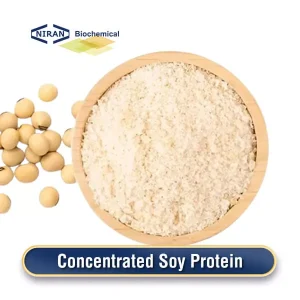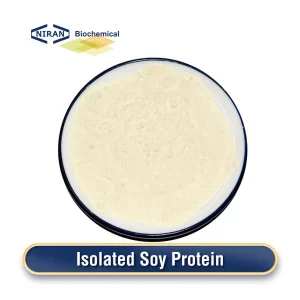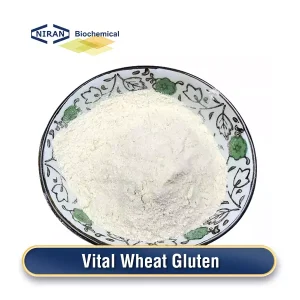What Is Textured Soy Protein?
Textured soy protein is a product rich in soy protein with a structure similar to lean meat made from powdered soy protein products through conditioning, organization, and other processes. It can be found in granular, flake, block, and filler forms, among other sizes and forms. To lower production costs and enhance the nutritional structure of final products, it is extensively utilized in meat and imitation meat products.
Textured soy protein has the following two preparation processes:
1. The soybean raw material is pressed or solvent-processed to remove soybean oil to obtain defatted soybean powder, which is then hydrolyzed with acid or alkali to decompose the protein into smaller peptide chains, and then processed into textured products through an extruder. After extrusion, drying can obtain the finished product. The low cost, high production efficiency, straightforward process, and consistent product quality have made this method the standard preparation method in China.
2. The wet soy milk is heated and pressurized in an extruder to form a fibrous product with texture, which is then dried.
Related Parameters:
| Items | Specification |
| Protein (dry basis, N×6.25, %) | ≥50 |
| Moisture (% ) | ≤10 |
| Fat (%) | ≤1.0 |
| Ash (dry basis, %) | ≤6.0 |
| Crude fiber (dry basis, %) | ≤6.0 |
| Re-hydration Ratio | ≥3.0 times |
| Total plate count | ≤20000cfu/g |
| Coliform | ≤30MPN/100g |
| Yeast & Moulds | ≤50cfu/g |
| E.coli | Negative |
| Salmonella | Negative |
| Staphylococcus aureus | Negative |
Recommended Dosage:
| Food name | Maximum usage(g/kg) |
| Vegetarian Burgers | 20-60 g/kg |
| Vegetarian Patties | 30-70 g/kg |
| Vegetarian Ground Meat | 30-70 g/kg |
| Vegetarian Stews | 15-40 g/kg |
| Vegetarian Sausages | 25-50 g/kg |
| Vegetarian Cheese | 15-35 g/kg |
| Vegetarian Ramen | 20-50 g/kg |
| Vegetarian Dumplings | 30-60 g/kg |
| Vegetarian Scrambled Eggs | 15-30 g/kg |
| Vegetarian Meatballs | 20-40 g/kg |
| Vegetarian Milkshakes | 10-25 g/kg |
Textured Soy Protein Has A Wide Range Of Uses
1. Textured soy protein can mimic the texture and appearance of meat and is widely used to make vegetarian products such as plant-based burgers, meatballs, and sausages.
2. TSP is rich in protein and can be used to increase the protein content of various foods, such as processed foods, snacks, and nutritional supplements. It can improve food’s nutritional value and meet the needs of those who are active and concerned about their health.
3. TSP can improve the texture of food, enhance the taste and overall texture of food, and make the product more attractive and satisfying. By replacing part of the meat with TSP, the fat content of the food can be reduced while maintaining good texture and flavor.
User Asked Question:
Q: What is the difference between textured soy protein and concentrated soy protein?
A: The main difference between textured soy protein (TSP) and concentrated soy protein (SPC) lies in their manufacturing process and texture. TSP has a meaty texture and fibrous structure after special physical processing and is mainly used in plant-based meat substitutes. SPC is obtained by removing some fat and carbohydrates from soybeans to obtain a fine protein powder, which is widely used to increase the protein content in food.

